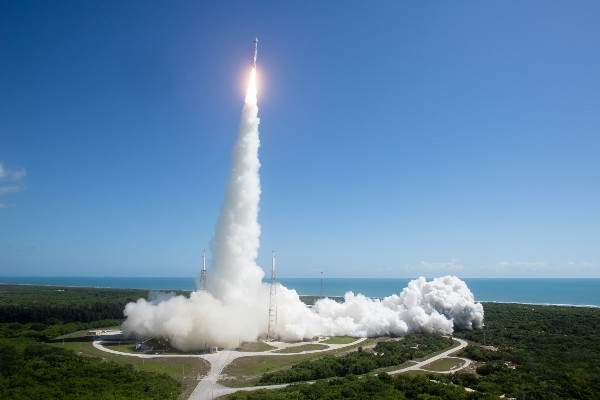Boeing's First Crewed Space Mission Encounters Problems, SpaceX May Assist with Return

Boeing's Starliner spacecraft, which launched in early June carrying two astronauts, was initially expected to stay at the International Space Station (ISS) for eight days. However, it has now been stranded for two months, and there is still no concrete solution. Recently, officials from NASA indicated that the two astronauts might need to return to Earth aboard a spacecraft from Boeing's competitor, SpaceX, but the earliest this could happen would be in February next year (2025).
This was the first crewed flight of Boeing's Starliner, which finally took off after years of delays. However, during its docking with the ISS, multiple thruster failures occurred, which have yet to be repaired. Additionally, a helium leak was discovered later, and the cause is still unknown. Ground crews are continuously testing the thrusters in an attempt to determine the source of the malfunction.
Due to the limited docking positions at the ISS—only two—if the issues with Starliner cannot be resolved, the spacecraft may need to return autonomously in an unmanned mode, according to an emergency plan. The two astronauts would remain on the ISS, while the next SpaceX crewed spacecraft would carry only two astronauts to the station, leaving two positions vacant. After completing the Crew-9 mission following its launch on September 24, they would return to Earth with the Crew-9 members. It is reported that the issues with this space mission have also led Boeing to invest an additional $1.5 billion in remediation efforts.
- 148 reads
Human Rights
Fostering a More Humane World: The 28th Eurasian Economic Summi

Conscience, Hope, and Action: Keys to Global Peace and Sustainability

Ringing FOWPAL’s Peace Bell for the World:Nobel Peace Prize Laureates’ Visions and Actions

Protecting the World’s Cultural Diversity for a Sustainable Future

Puppet Show I International Friendship Day 2020

